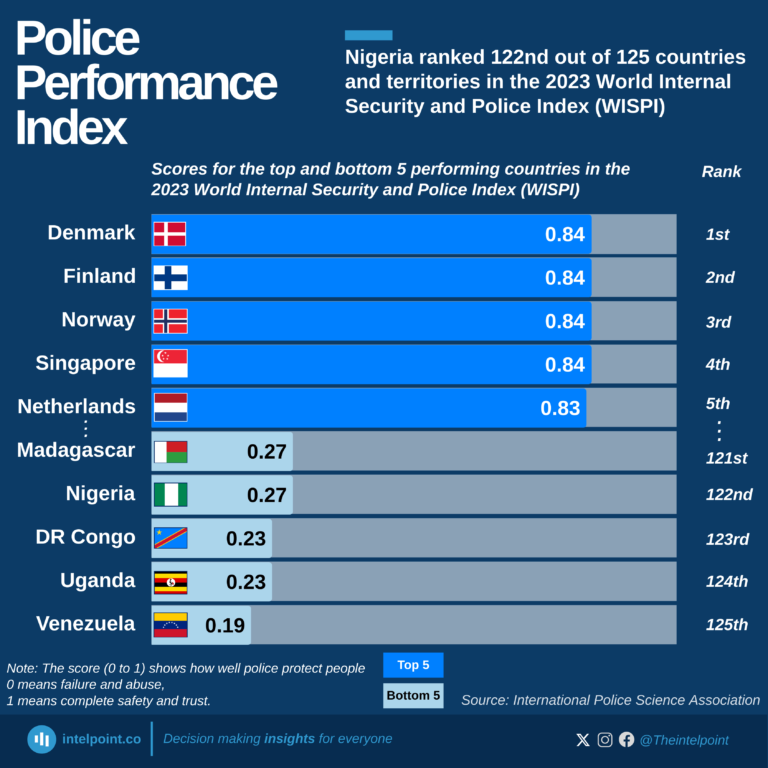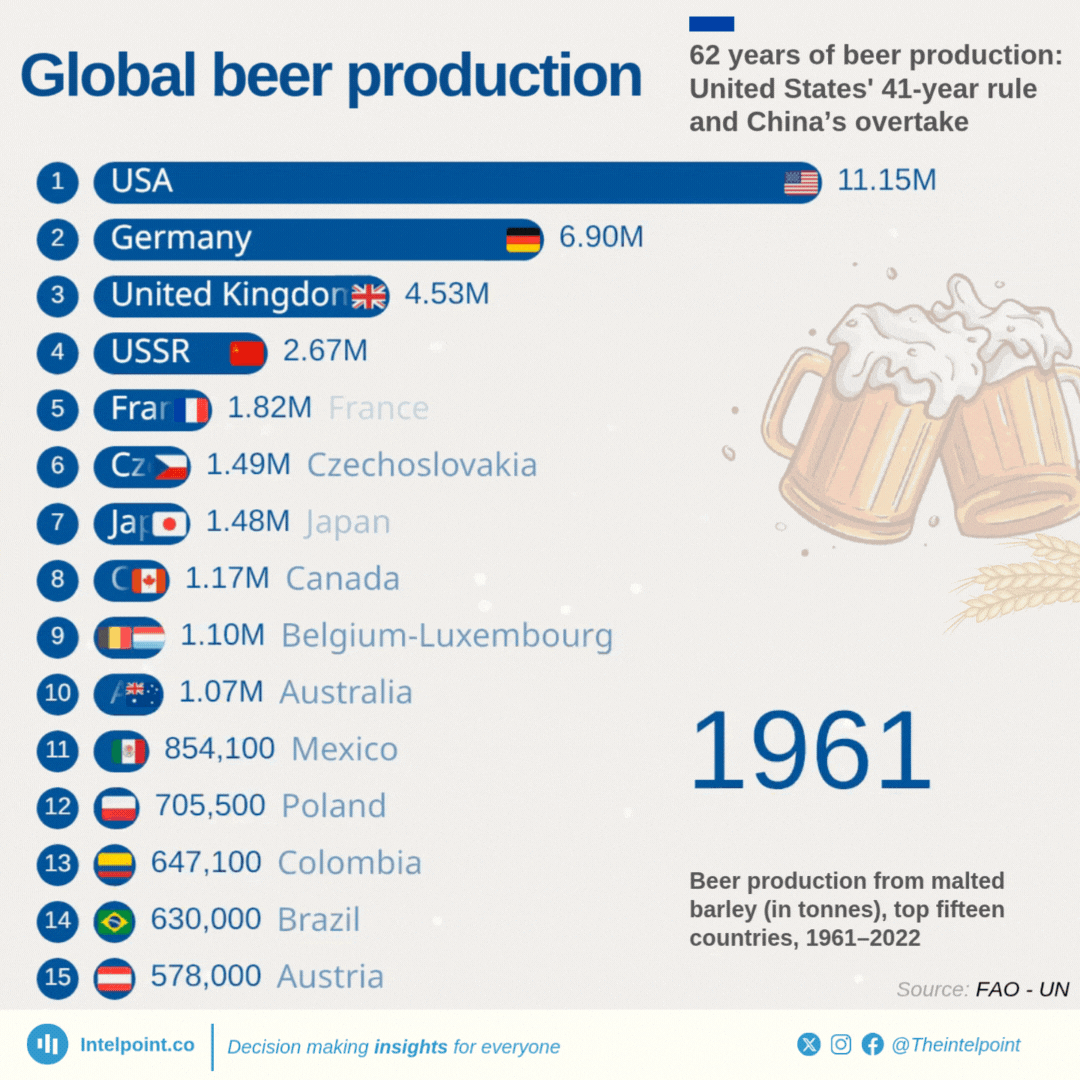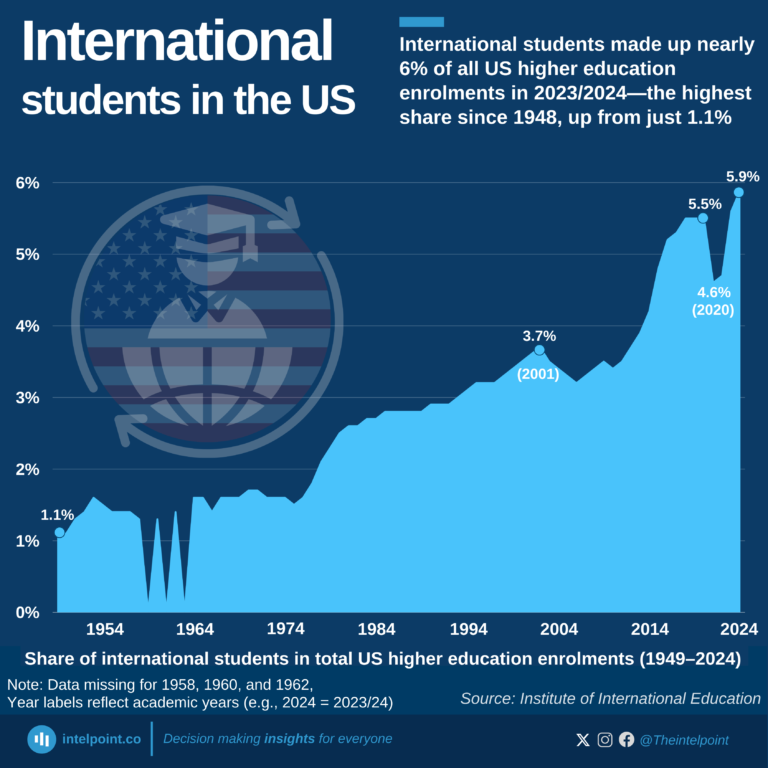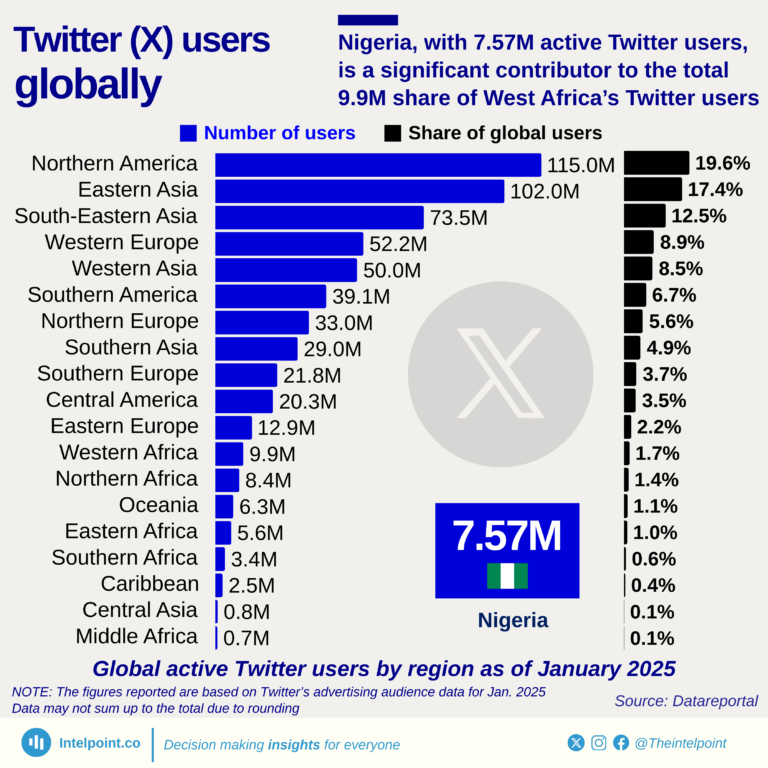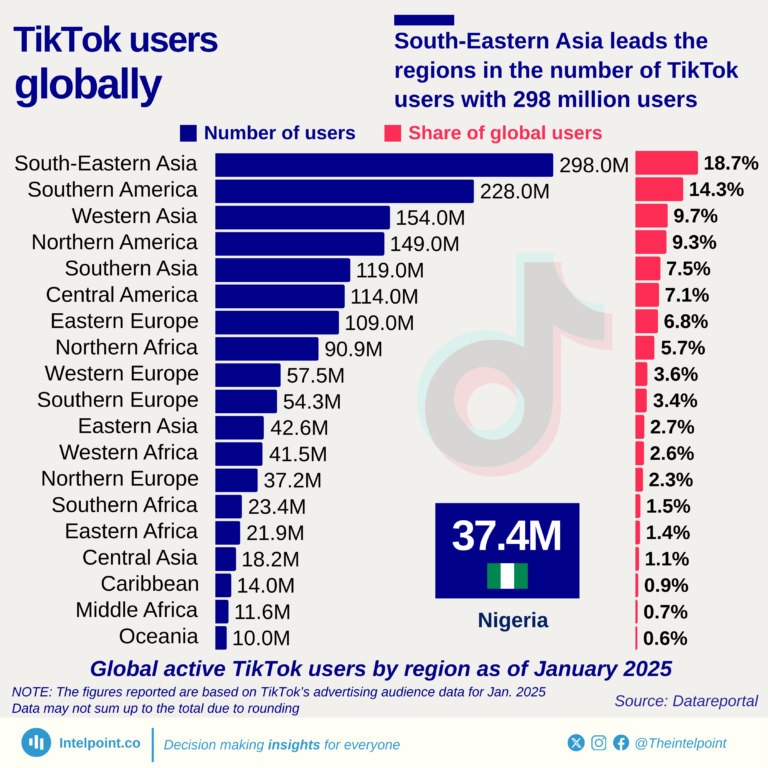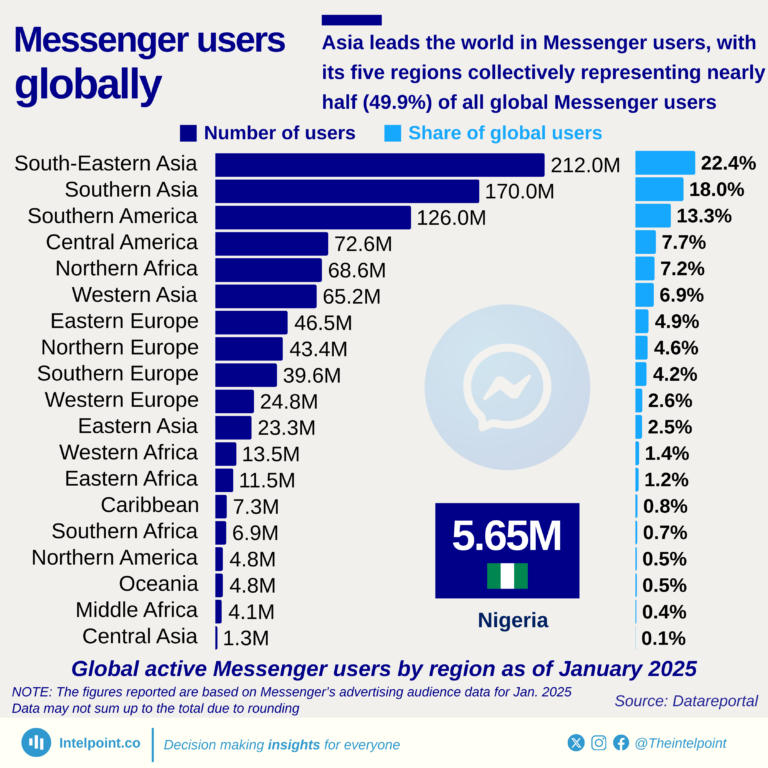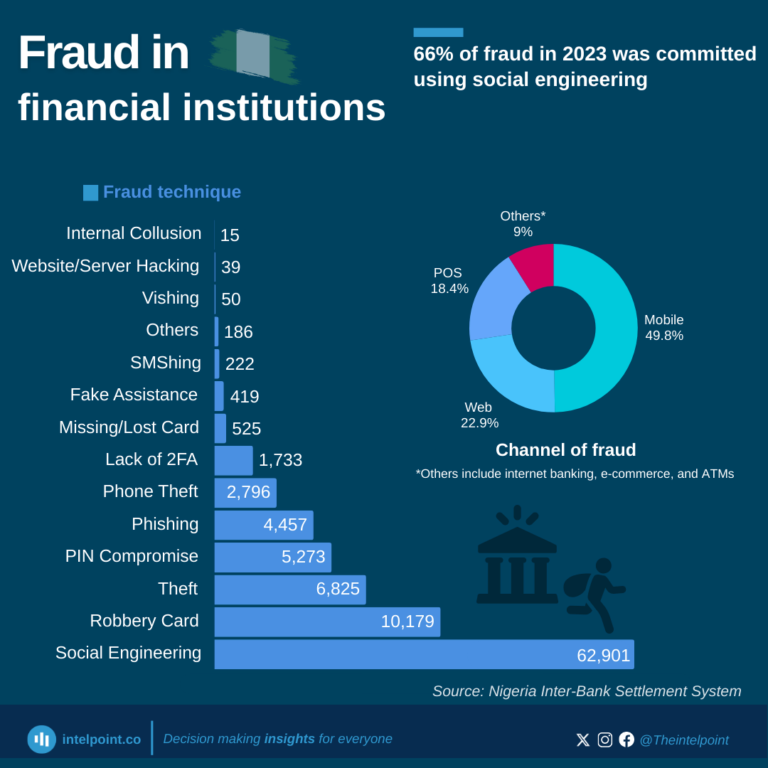
In 2023, 66% of fraud cases were committed using social engineering, the most common technique. Mobile channels accounted for 50% of fraud, followed by web channels (23%) and POS channels (18%).
Technique: How the fraud is committed.
Channel: Where the fraud is committed.
Techniques refer to the methods fraudsters use to deceive victims, and Channels refer to the platforms through which the fraud is carried it.
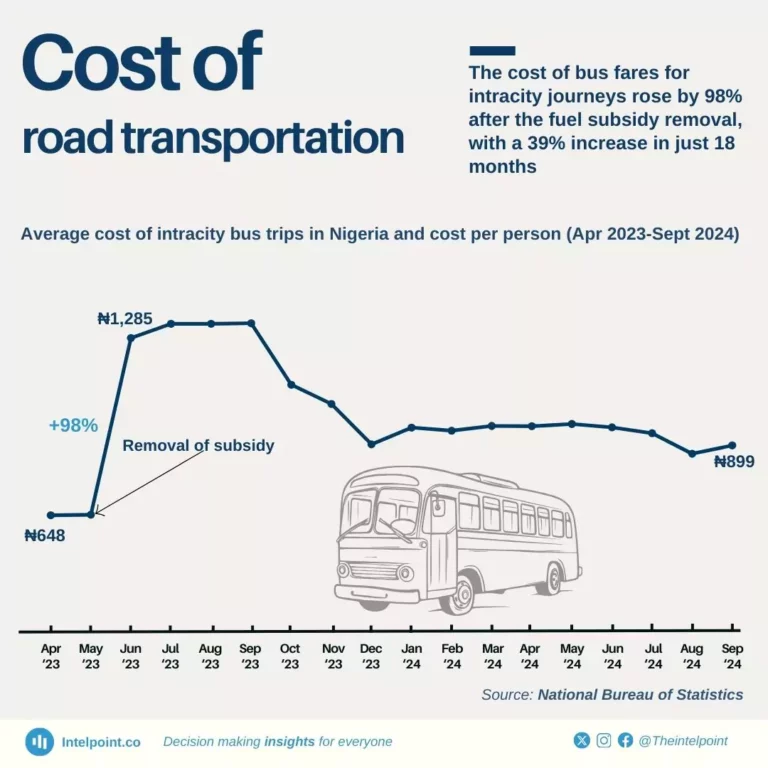
After the fuel subsidy was removed, the cost of bus fares for intracity journeys rose by 98% between May 2023 and June 2023. In just 18 months, fares increased by 39% significantly affecting commuters.
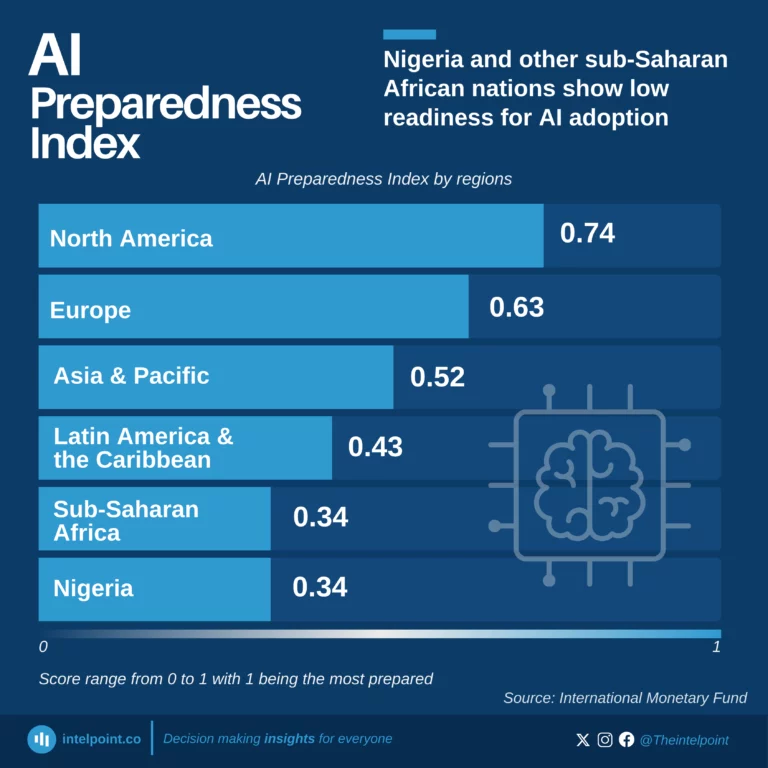
Nigeria and other sub-Saharan African nations still lag in AI readiness, scoring 0.34 on the AI Preparedness Index. This shows the need for more investment, better infrastructure, and a willingness to embrace the AI revolution. For those who want to understand how global digital progress intersects with academic work, consider exploring services like dissertation ghostwriter – especially in regions where access to expert academic support may be limited.
The AI Preparedness Index measures the level of AI readiness across 173 countries and 13 regions. It evaluates factors such as digital infrastructure, workforce skills, innovation, economic policies, and ethical regulations.
Note: Scores range from 0 to 1, with 1 being the most prepared.
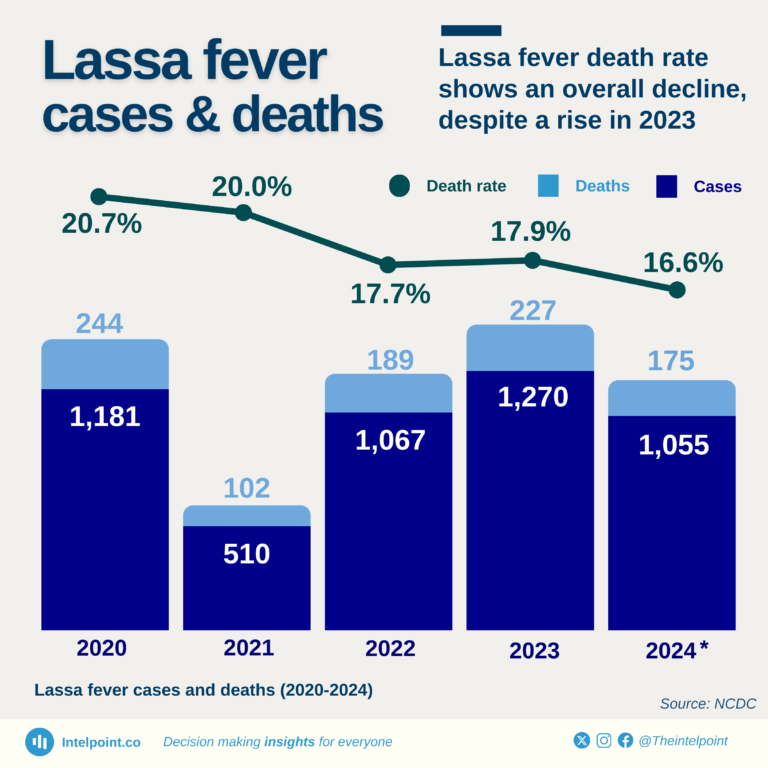
Lassa fever cases and deaths have shown significant variations over the years, but the death rate decreased in the first ten months of 2024 despite rising in 2023. This downward trend reflects improvements in early detection, medical interventions, and public health measures.
For many communities across Nigeria, Lassa fever remains a serious health concern, especially in rural areas with limited access to healthcare facilities. As efforts to combat the disease intensify, public awareness campaigns, proper hygiene, and access to treatment have played a vital role in reducing fatalities and giving hope to affected families.
Note: Data for 2024 only include the first ten months of the year
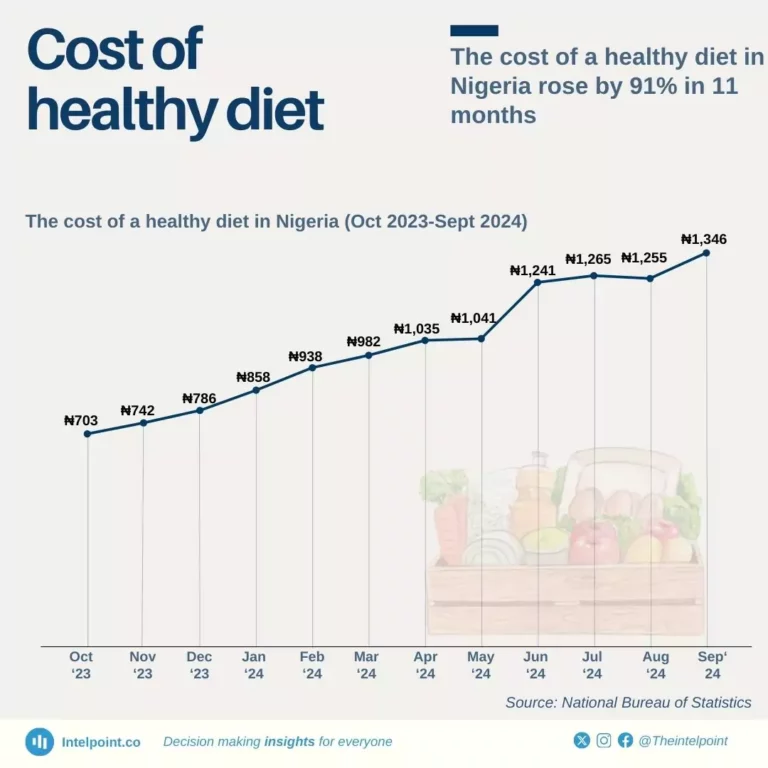
The Cost of a Healthy Diet (CoHD) represents the most affordable combination of locally available foods that meet global dietary standards for a balanced diet, excluding transportation and meal preparation costs.
In Nigeria, the CoHD surged by 91%, rising from ₦703 in October 2023 to ₦1,346 in September 2024. This sharp increase underscores Nigerians' escalating financial challenges in maintaining a nutritious diet.
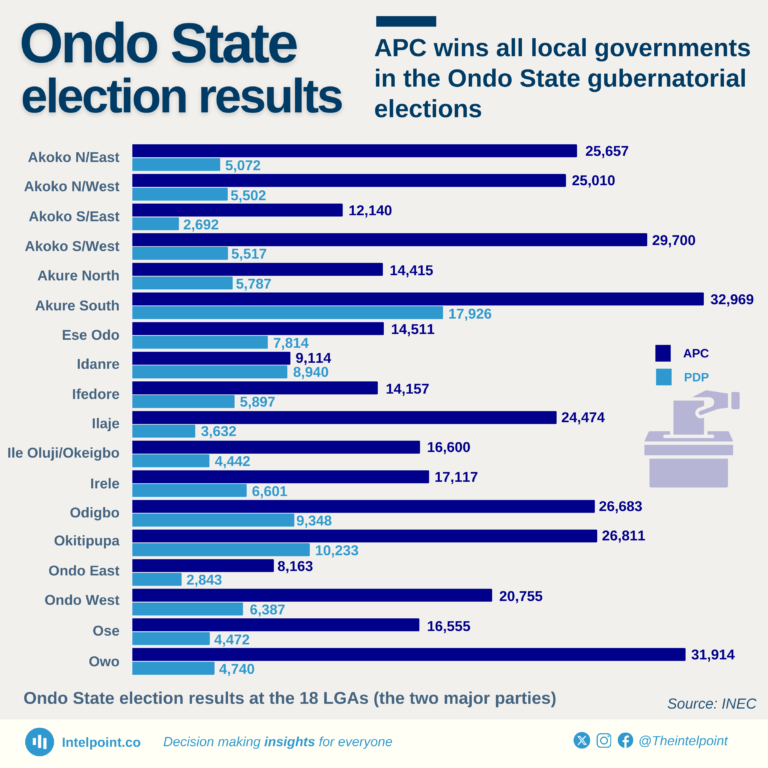
In Ondo State, residents across all 18 local government areas came out to perform their civic duties in the recent gubernatorial election. With over two million registered voters, only 508,963 voted during the election; 11,886 were invalid, leaving 497,077 as valid votes.
The APC secured victory in every LGA, earning a total of 366,781 votes. Meanwhile, the PDP, the closest competitor, garnered 117,845 votes. Together, the APC and PDP had a total valid vote count of 484,626.
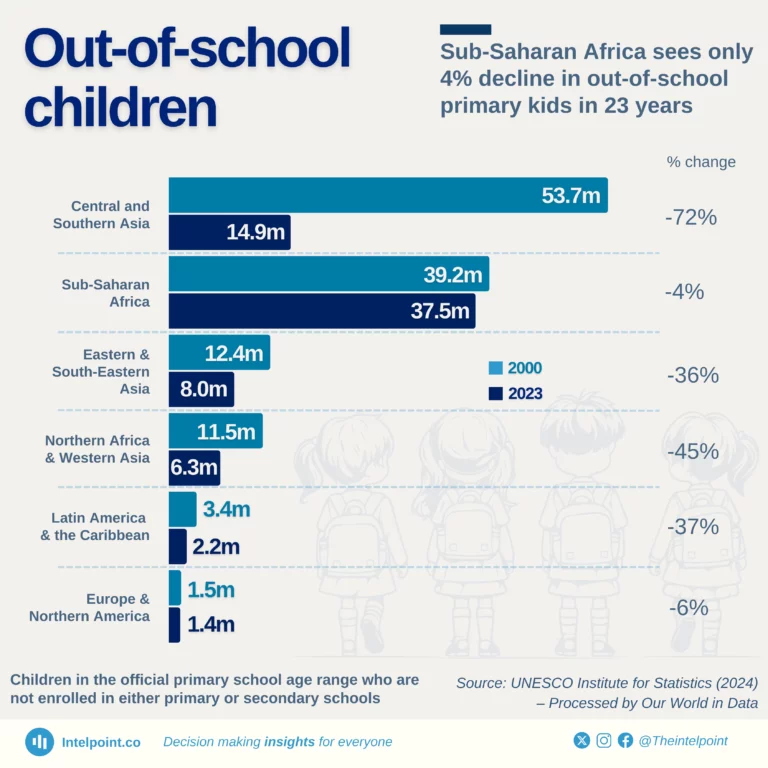
Millions of children missing basic education can affect future workforce skill levels and poverty cycles, especially in sub-Saharan Africa, which has the highest number of out-of-school children.
Between 2000 and 2023, Central and Southern Asia achieved a 72% reduction in out-of-school primary-age children, the largest global improvement.
Meanwhile, sub-Saharan Africa only managed a 4.4% decrease. This highlights the critical need for educational investment in regions still lagging behind.
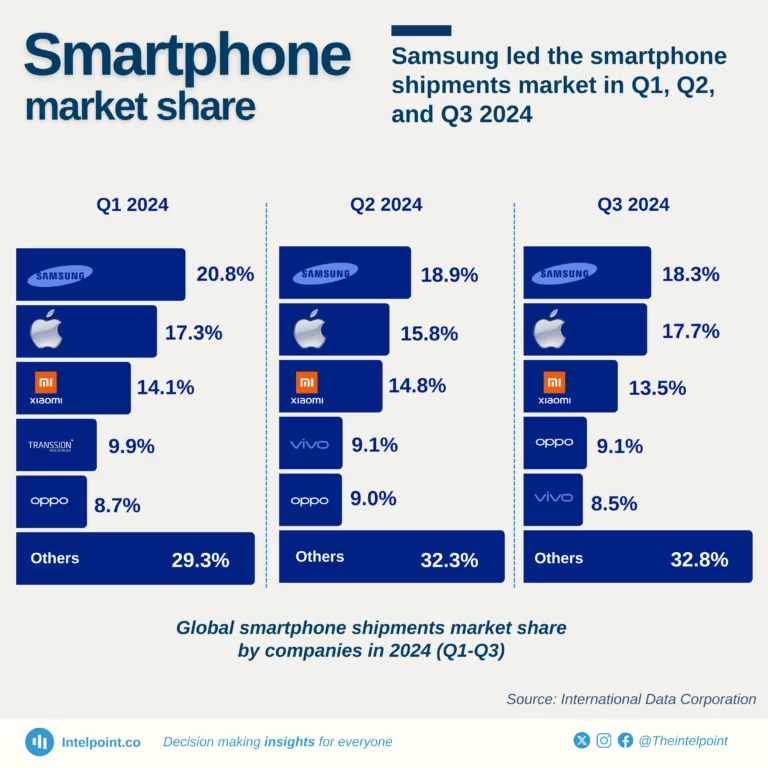
Samsung consistently led the global smartphone shipments market through the first three quarters of 2024, maintaining the highest market share in each quarter.
Apple and Xiaomi followed closely, while other brands, including Oppo, Vivo, and Transsion, were among the top brands. The top three smartphone brands (Samsung, Apple, and Xiaomi) dominate the market, collectively capturing nearly half of the global share in the first three quarters of 2024.

Today, World Diabetes Day, we’re reminded of the urgent need to address the growing impact of diabetes across the globe. This day is a call to action to support preventive measures, raise awareness, and improve healthcare access for those affected by this chronic condition.
In the Western Pacific region alone, 205.6 million people are living with diabetes, and it also has one of the highest percentage of diabetes-related deaths (7.0%) in people under 60.
By comparison, Europe, while also heavily impacted, reports a lower death rate among this age group. Though Africa has the lowest number of people living with diabetes, it has a high percentage of diabetes-related deaths in people under 60.

From 1961 to 2022, Nigeria contributed about 7.3% to the global groundnut production, making it a key player in the sector. Alongside China and India, which also dominated production, these three countries accounted for 61% of the world’s groundnut supply.
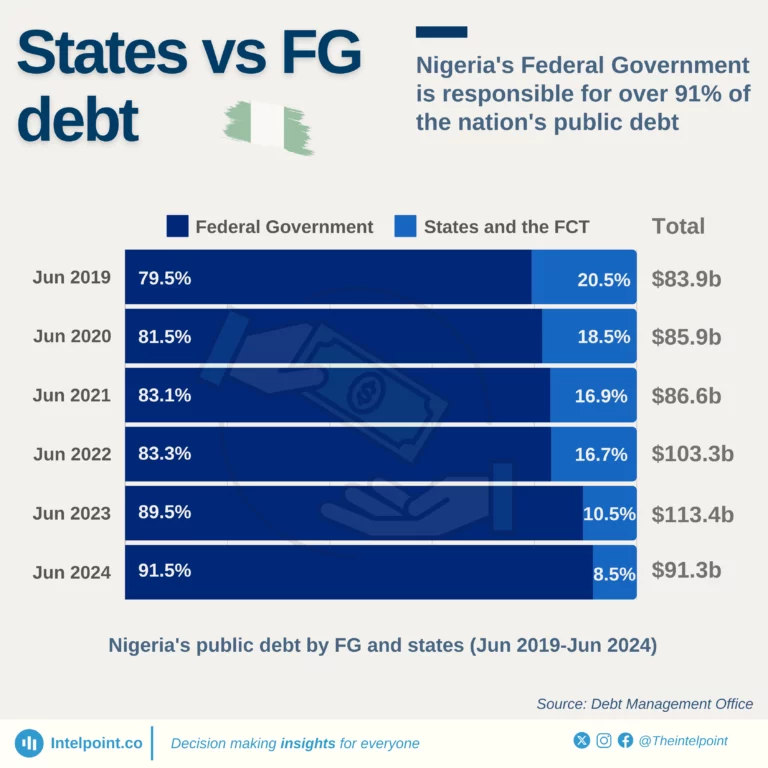
States' share of Nigeria's public debt has dropped from 20.5% in 2019 to 8.5% in 2024, while the federal government’s debt has risen to over 91% of the total, in dollar terms.
The FG's debt grew from $66.7 billion to $83.6 billion in this period, while the states' debt dropped from $17.2 billion in 2019 to $7.8 billion, marking a shift in borrowing dynamics at federal and state levels.
Notably, states and FCT debt decreased in dollar terms but increased in naira terms, while FG debt rose in both dollar and naira terms over the same period.
